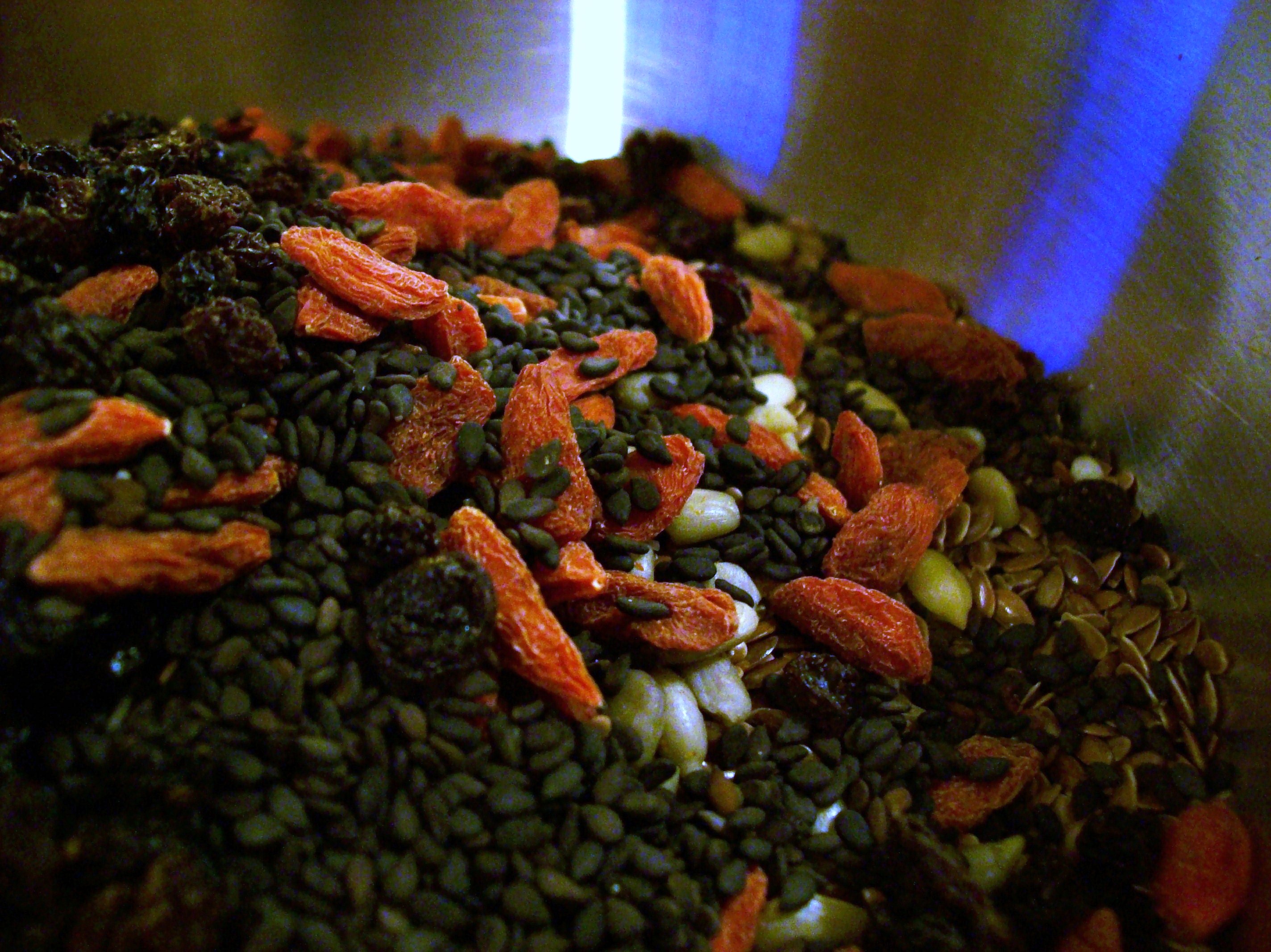Chinese wolfberries, often called goji berries, have been used in traditional Chinese medicine since 200 BC. Goji berries are believed to provide strength and energy to the body, support liver and kidney functions, and even help prevent age-related diseases due to their high antioxidant properties. Goji berries are not only used for medicinal purposes but are also commonly added to traditional Chinese soups and dishes. In western countries, dried goji berries are becoming a popular health food that can be used, like other dried fruits, in beverages, baked goods, or snacks.
Its sight-related benefits attract consumers and researchers alike. In traditional Chinese medicine, goji berries are given to the older people to prevent macular degeneration, the leading cause of blindness among the elderly. The macula is part of the retina, in the back of the eye, and provides central vision. As we age, waste materials may accumulate under the retina and damage the retinal cells producing pigments to protect the macula. Degenerated pigmented cells form wart-like growths called drusen, and build-up of drusen, along with loss of pigmentation at the macula, is what causes macular degeneration.
A group of researchers examined the effects of goji berry on this condition in a randomized, controlled trial. Amazingly, they found that elderly participants given placebo supplements for 90 days developed hypopigmentation (insufficient levels of pigment produced in the retina) and build-up of drusen, while those receiving goji berry supplements over the same period were well-protected.
Goji berries may also protect against blindness caused by high blood sugar, known as diabetic retinopathy. This is the leading cause of blindness among diabetic people. High concentrations of glucose over time destroys retinal cells and damages the macula. In the advanced stages of this disease, proliferative diabetic retinopathy causes new blood vessels to form abnormally in the retina and leak blood into the center of eye. This can lead to vision blur and serious nerve damage, leading to vision loss.
Source: johndmartin
The benefits of goji berries for this disease were demonstrated by researchers at the University of Sydney. They focused on how taurine compounds in goji berry extracts may protect the retina from damage due to hyperglycemia (high blood sugar). In their experiment, researchers applied a highly concentrated glucose solution to retinal epithelial cells (barrier cells protecting the retina) to model hyperglycemia’s effect on the retina. The cells were then treated with the goji berry extract containing taurine. They found that the taurine activated PPAR-gamma protein receptors which regulate the retinal cells. Through this, the barrier cells were protected from the high concentrations of glucose.
With the promising discovery of goji berry’s protective effects on the retina, we can hope that goji berries will someday be used in the clinical setting to prevent and treat diabetic vision loss. Meanwhile, we can already see that eating some goji berries can only be beneficial for our eyesight.
Feature Image Source: Sarah R










